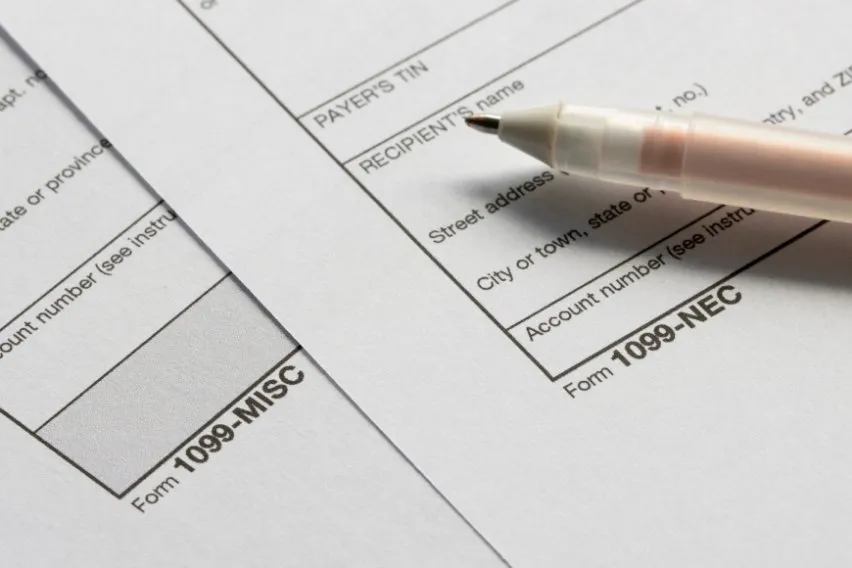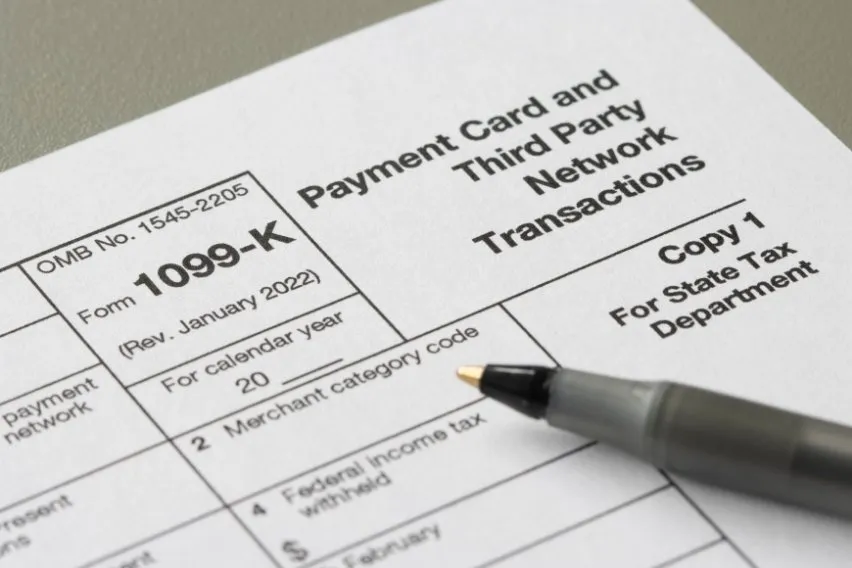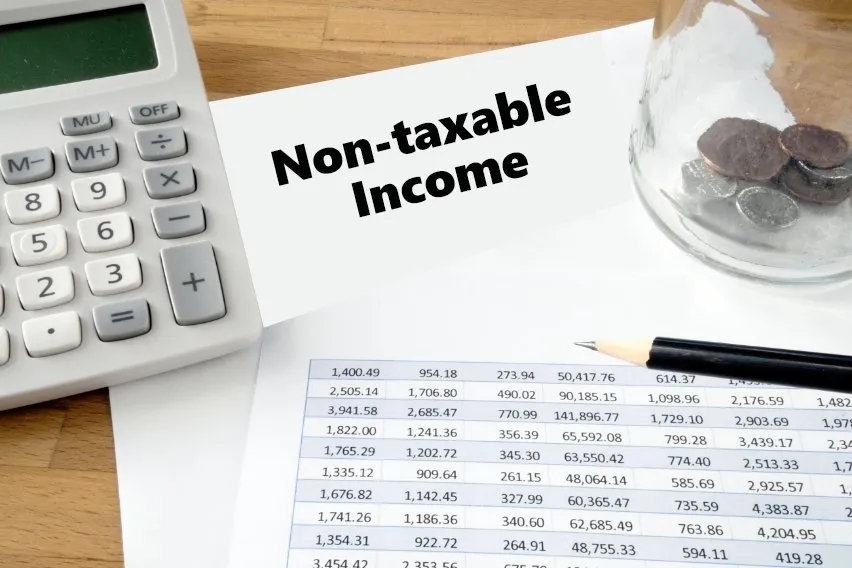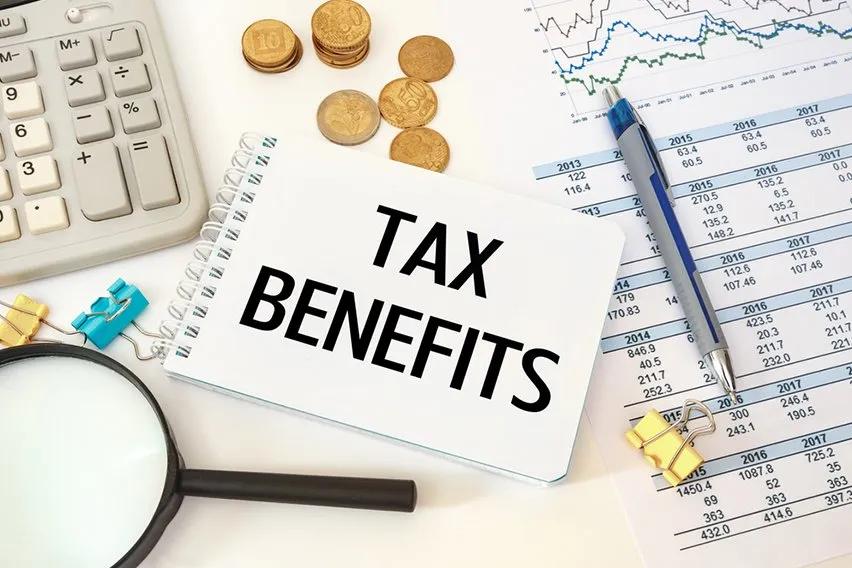Square 1099 Tax Form: Filing Requirements and Steps

There is a lot to balance when it comes to filing your taxes, including the 1099 Tax form you received from Square at the end of the tax year. The form includes gross payments, relevant taxpayer information, and gross sales from goods are all taken into account. It’s equally as important to understand for both small businesses and independent contractors.
Your Square 1099-K details the annual business income you received from Square. The 1099-K is a form used to track self-employed people’s earnings from credit cards and outside applications like Square. Each freelancer and business owner who uses a payment processor’s platform and permits them to conduct business transactions will receive a 1099-K from the company if they earn $600 or more.
If you are an independent contractor, you are probably also familiar with Form 1099-NEC and Form 1099-MISC. The 1099-NEC is a form used to report your self-employment income to the Internal Revenue Service (IRS). Depending on who sends the form to the IRS, either a company you were working as a contractor for, or a third-party payment network, like Square, both of them report the income you earned on different 1099 forms.
Which form you will receive depends on how you were paid for your services or goods. Here are the two differences:
- The income you earn through payments with the help from third-party companies that pay with debit or credit cards, payment apps and platforms, and other credit card processors is reported on Form 1099-K.
- The income you earn and is paid directly to you from electronic fund transfers, checks, cash, or direct deposits is reported on Form 1099-NEC.
What happens if you also receive checks from customers in addition to payments made through Square? In that case, you would receive both 1099 forms and would report both types of earnings.
The differences in the forms may seem confusing, but the good news is that we created this article to cover everything you need to know when filing your tax return. Keep reading to learn all about Square 1099 tax form requirements and the steps for reporting.
Key Takeaways
- Square will submit your 1099-K form directly to the IRS at the end of the tax season if you earned over $600, regardless of how many transactions you processed.
- As a business owner, it’s important to monitor and track everything from gross income to your sales summary,
- If you want to access your 1099-K form, you can log into your Square Dashboard.
- Everything you need for your tax reporting will be included in the dashboard.
- If you can’t seem to find it, you can contact the Square support team for assistance.
Table of Contents
Why Is the 1099 Tax Form Important?
How to File Your Square 1099-K Form
Square 1099-K Form Requirements
How to Get Your 1099-K Form from Square
Why Is the 1099 Tax Form Important?
The 1099 Tax form is important because it lets the IRS know how much money you earned. It also lets you know what amounts to report on your tax return. Square must send Form 1099-K to anyone who uses their platform to process at least $5,000 in business transactions from 2024, with no transaction minimum. The IRS will also receive a copy of the form. This is part of the IRS’ phase-in process to implement the $600 threshold brought about by the American Rescue Plan. If you still have to file your 2023 or prior year taxes, the earning limits for receiving the 1099-K form were much higher. Square would have only sent the form to users who:
- Generated income from self-employment of more than $20,000
- Had more than 200 transactions
Regardless of the limits, you must still report your income on your tax return even if you are not eligible to receive a 1099-K form. Are you still unsure about your Square earning amount? Your Square Dashboard allows you to view all the information you need. From there, you can download your year-end sales report if you processed less than $5,000 and did not receive a 1099-K form.
Your gross sales for the transaction date(s) of those sales are used to determine the sum and the number of transactions on each form. This includes earnings from refunded credit card purchases. If taxes and tips were applied to a purchase using a credit card, the gross sales also include those amounts.
The amount shown on the form may not match the amount that has been settled in your bank account. This is because cash sales are not included in the total reported on Form 1099-K. Also, the difference might be because you have received refunds, chargebacks, or holds, and Square’s fees were deducted prior to the money being transferred to your bank.
The transaction date is the date that the transaction was recorded in the system, and it is based on Coordinated Universal Time (UTC). If you have transactions that happen after 4:00 p.m. or 5:00 p.m. (depending on daylight saving time) or after midnight in your local time zone, there may be slight differences on your online Square Dashboard because it displays your transactions in your local time.

How to File Your Square 1099-K Form
The good news is that filing your square 1099-K form is a very easy and straightforward process. On one hand, Square will submit the form directly to the IRS on your behalf if you earn over $600 in a calendar year.
On the other hand, you will have the relevant information you need to file your income taxes. In this case, the first step you should take is to determine your total income and, if you are late filing your tax return, the number of transactions you had.
Next, you can make a list of all your eligible write-offs, which also include Square fees. Some other common write-offs include:
- The cost of your Square reader
- Any relevant business or legal fees
- Shipping you pay to send the items to your customers
- The cost of renting an office space
- A portion of both your phone bill and internet bill
- Laptop, computer, and other types of work equipment
- Business-related travel
- Business insurance
- Some types of business loan interest
- Professional training opportunities
- Some business meals
Now that you have that information in place, you can begin to fill out Schedule C. This form helps you determine what contributes to your taxable income, which is when you subtract your write-offs from your total income. The net income you calculate will also show on tax form 1040. Depending on what your paycheck withholdings were, if you have a W-2 job, or what your quarterly estimated tax payments were, you will go through the process of figuring out how much money you need to set aside for paying your tax liability or what your refund will be.
Based on the calculations as well as estimated sales for the next year, you will be able to figure out what your estimated tax payments should be for the next year. If you want an easy-to-use option for all your accounting needs – including tax information – FreshBooks offers a fantastic solution for all your needs. You can easily track expenses, understand tax requirements, and reconcile your Square payments when you need to.
Also Read: How to File 1099
Square 1099-K Form Requirements
It is crucial that you update your Square account to correspond with IRS records. This helps to guarantee accurate tax reporting for you or your company and to avoid any potential IRS withholding.
You can review or update your taxpayer identification information, business name, and any other business tax information you have given to Square on your online Square Dashboard.
If you happen to file your taxes using your legal business name or your EIN (Employer Identification Number), it’s important to confirm that your Square account has been updated with both of them to ensure everything is as accurate as possible.
If not, your name and Social Identity Number will be displayed by default on your tax forms. This, in turn, may cause delayed tax return processing and longer waiting times to receive your refund if you’re getting one
How to Get Your 1099-K Form from Square
Many companies mail your 1099-K form to you. However, in most cases, Square makes it easy for you to download the form from your online dashboard. This simplifies things since you can quickly access it when you need it, and you don’t have to worry about it getting lost in the mail.
Once you are logged in to your Square Dashboard, simply click on Accounts & Settings. From here, you just need to select “Business” and then choose “Tax Forms” from the dropdown menu that’s available. You should be able to see your 1099-K form once you’re inside that section of the dashboard.
The forms are meant to be available before January 31. However, you can contact Square directly to get them to send it to you if you can’t seem to find it or it hasn’t been uploaded to your dashboard.

FAQs on Square 1099 Tax Form
Does Square send you a 1099 form?
Square will issue a 1099 form to you if you qualify. You can access it by logging into your Square Dashboard and download it for your records.
Where do I find my 1099 on Square?
Log into your Square Dashboard and go into Accounts & Settings. Click on “Business” and then select “Tax Forms” from the dropdown menu. Now you should be able to find your 1099 form.
Does Square send 1099 forms to contractors?
At the end of the year, Square’s online payroll service takes the initiative to file Form 1099-NEC. It does these for each of your contractors. By going to Tax Forms in the Payroll section of your Dashboard, you can print these forms to give to them as well.
Can I write off Square fees when I do my taxes?
Yes, you can write off certain fees when you file your taxes. It’s worth taking the time to familiarize yourself with which fees are eligible to get deducted so your tax return is accurate.
Reviewed by
Sandra Habiger is a Chartered Professional Accountant with a Bachelor’s Degree in Business Administration from the University of Washington. Sandra’s areas of focus include advising real estate agents, brokers, and investors. She supports small businesses in growing to their first six figures and beyond. Alongside her accounting practice, Sandra is a Money and Life Coach for women in business.
RELATED ARTICLES


 Shopify 1099-K Tax Form: Filing Requirements and Steps
Shopify 1099-K Tax Form: Filing Requirements and Steps Upwork 1099 Tax Form: Filing Requirements and Steps
Upwork 1099 Tax Form: Filing Requirements and Steps Etsy 1099 Tax Form: Filing Requirements and Steps
Etsy 1099 Tax Form: Filing Requirements and Steps Airbnb 1099-K Tax Form: Filing Requirements and Steps
Airbnb 1099-K Tax Form: Filing Requirements and Steps Top 12 Non-taxable Income Types
Top 12 Non-taxable Income Types Veteran Tax Benefits: The Ultimate Tax Guide
Veteran Tax Benefits: The Ultimate Tax Guide